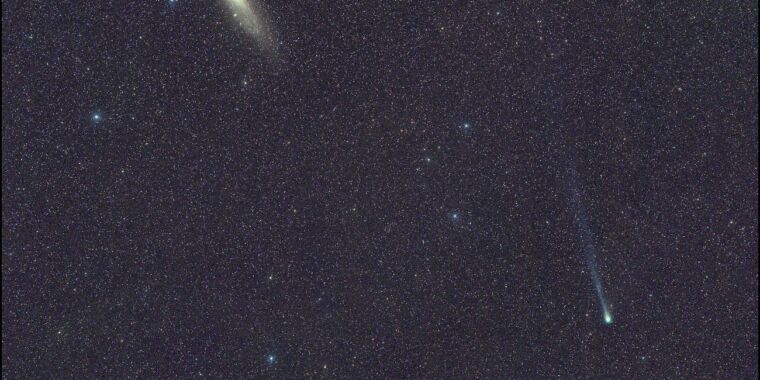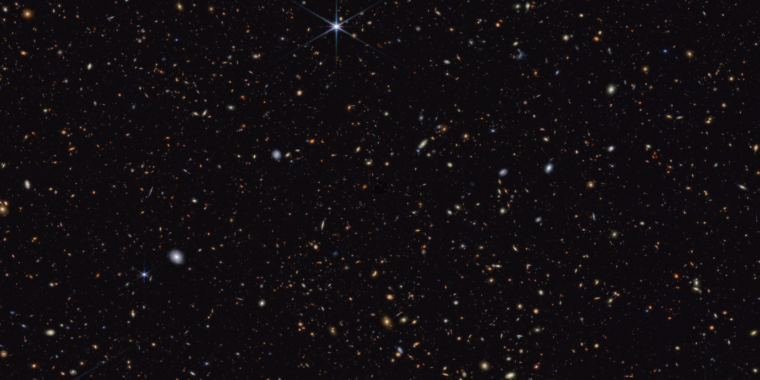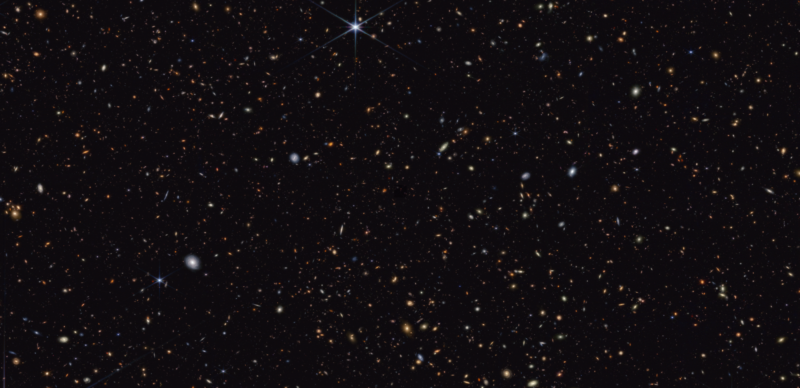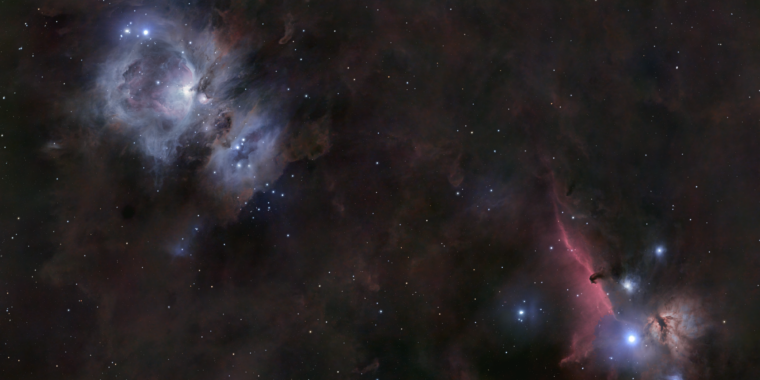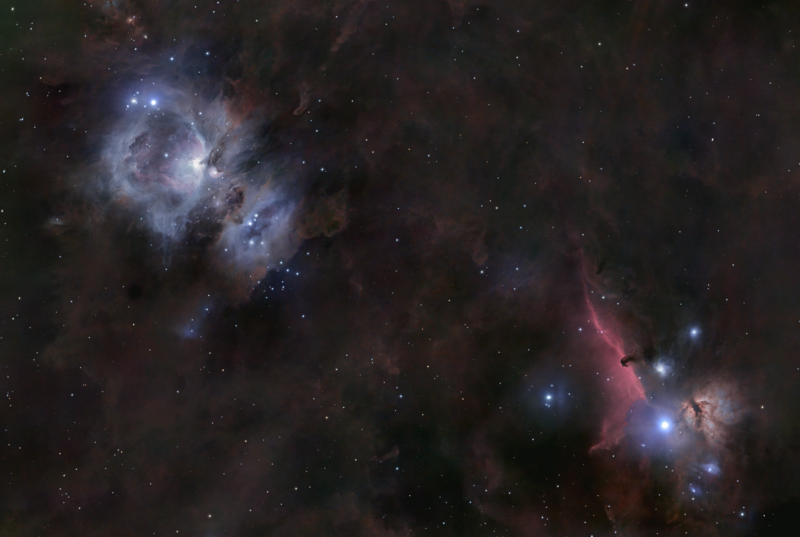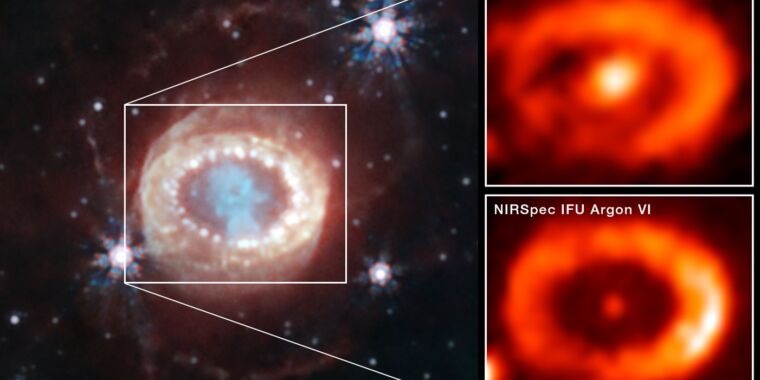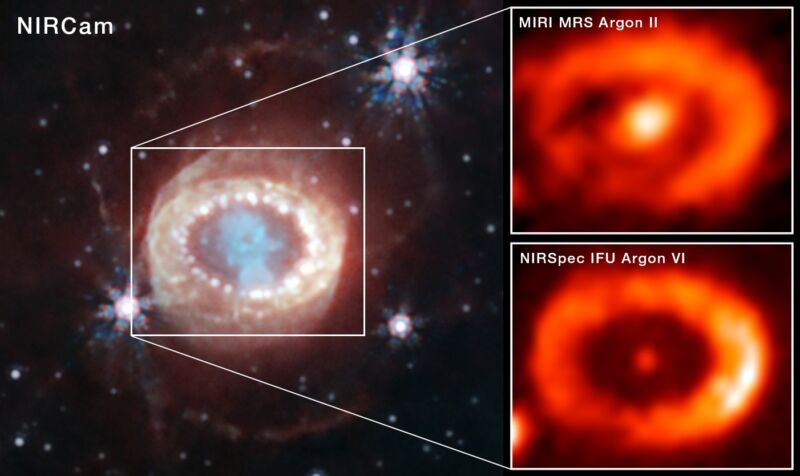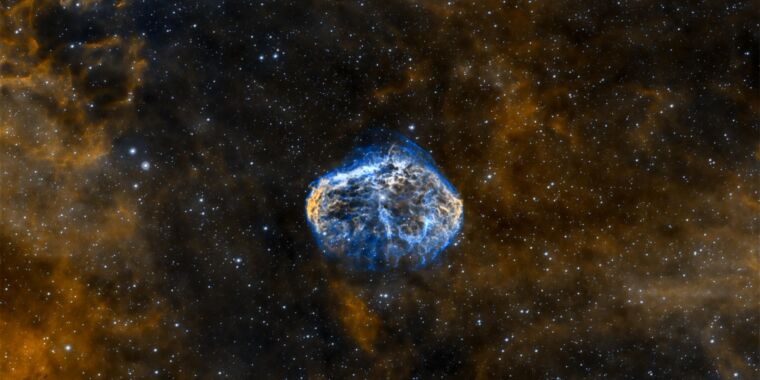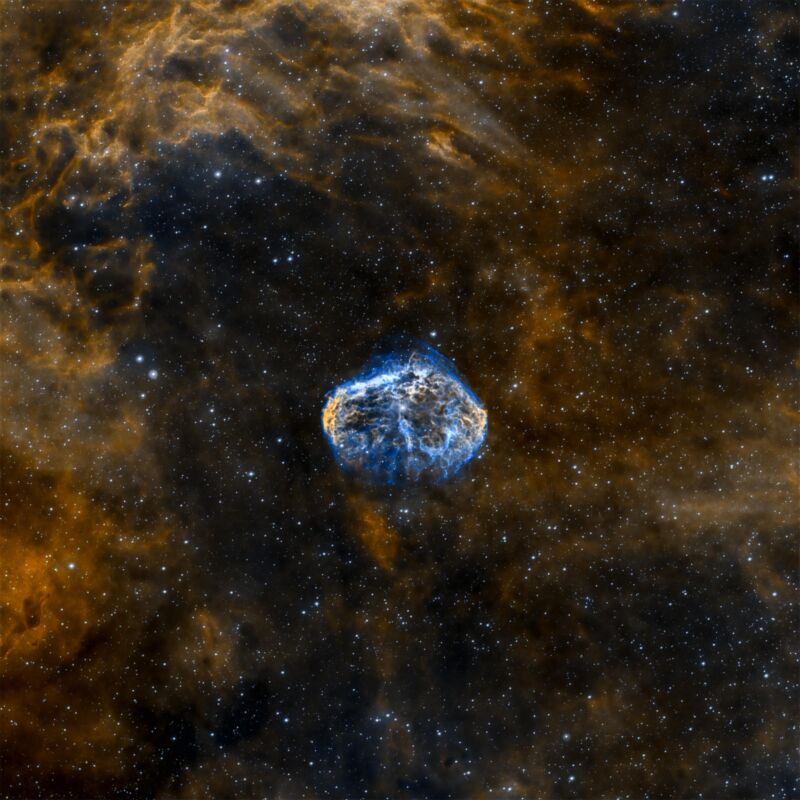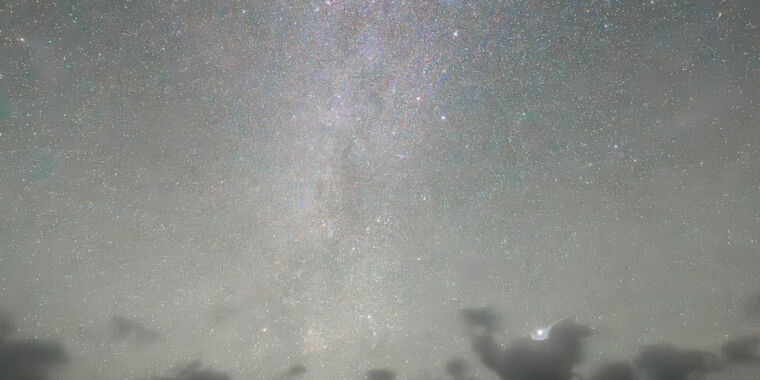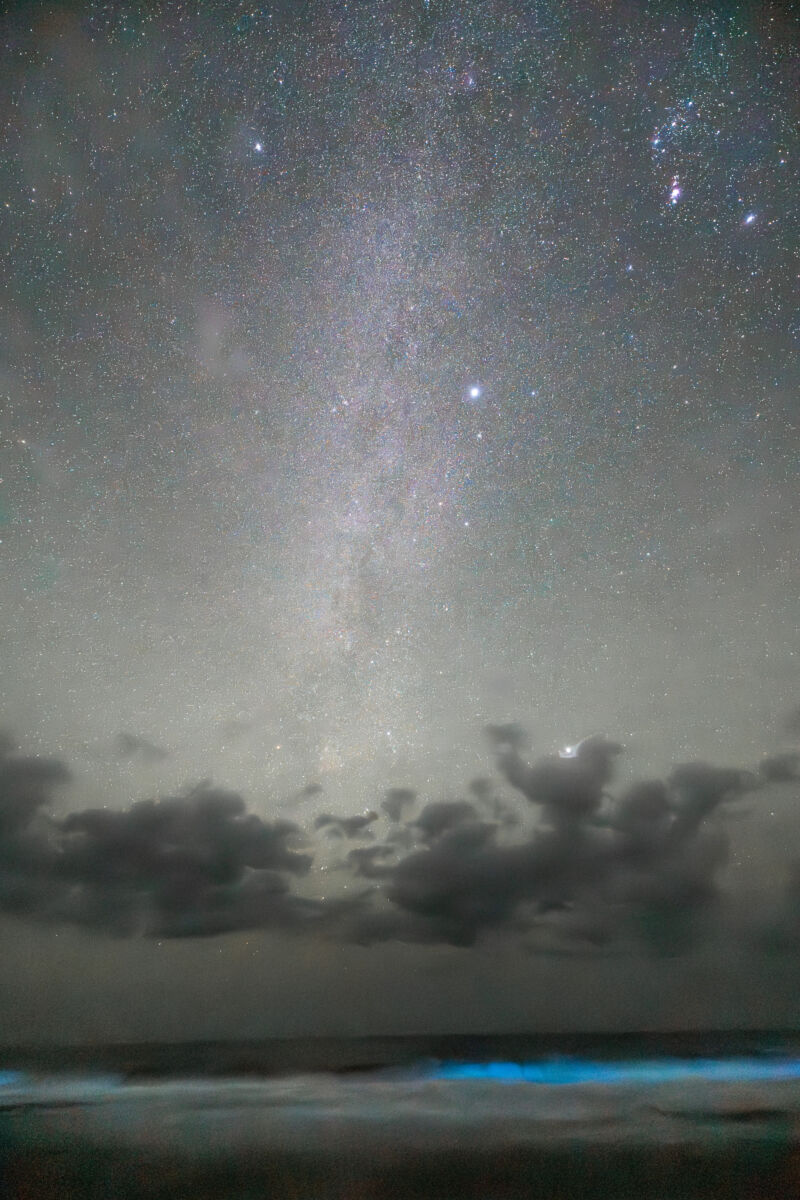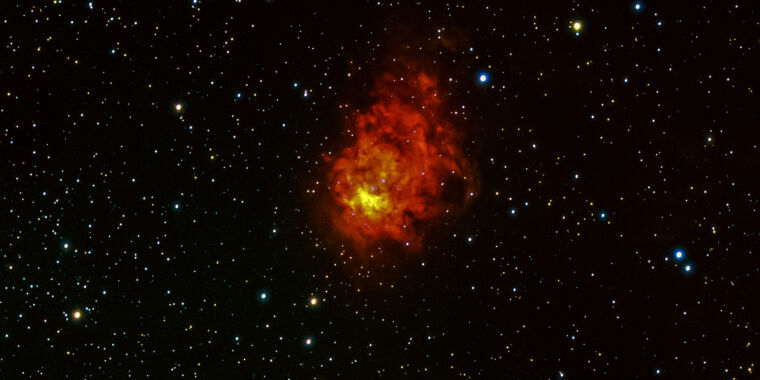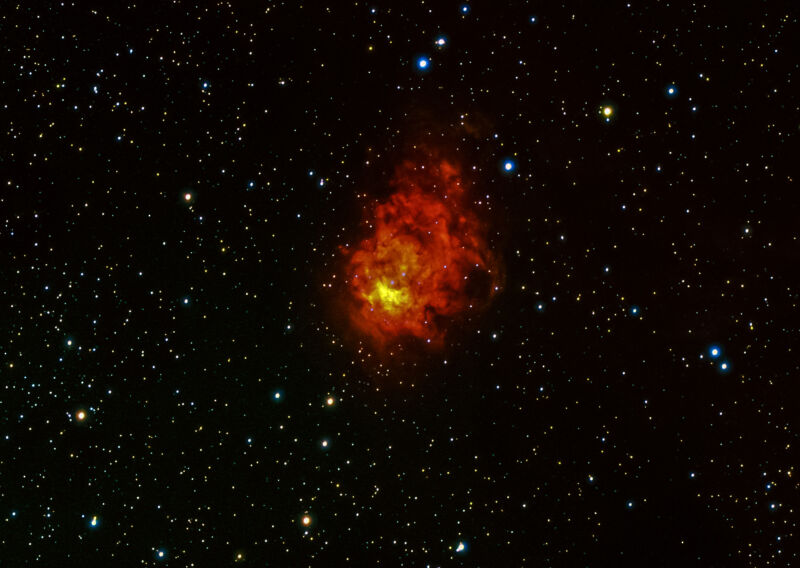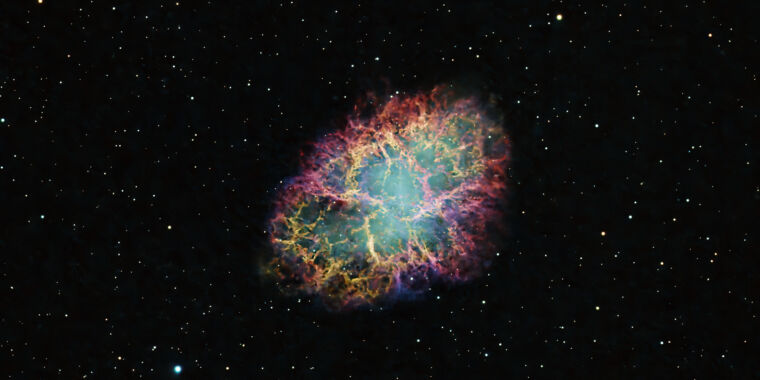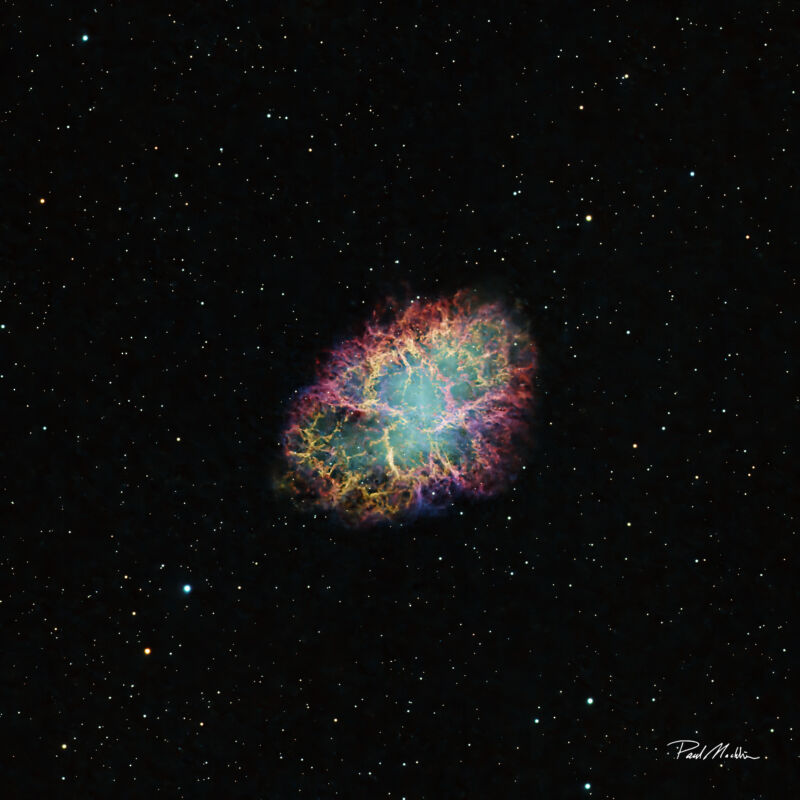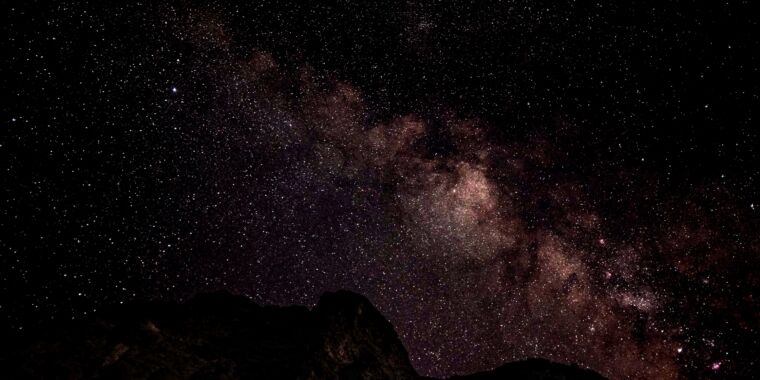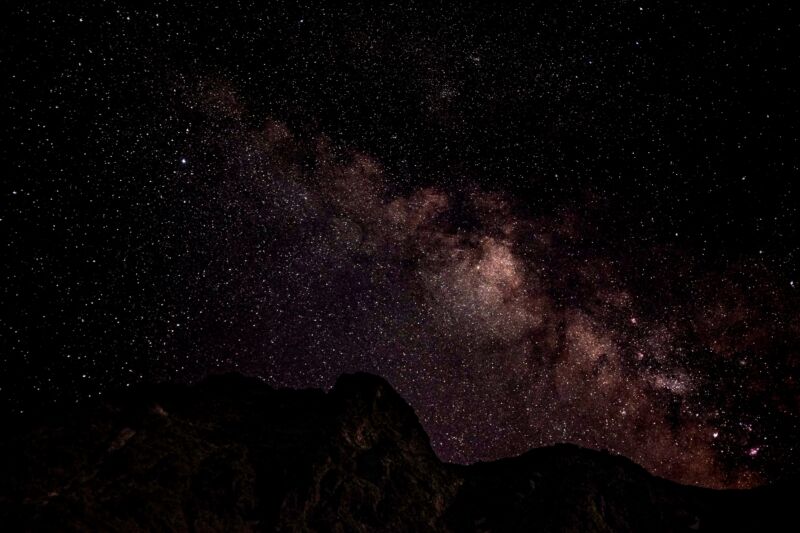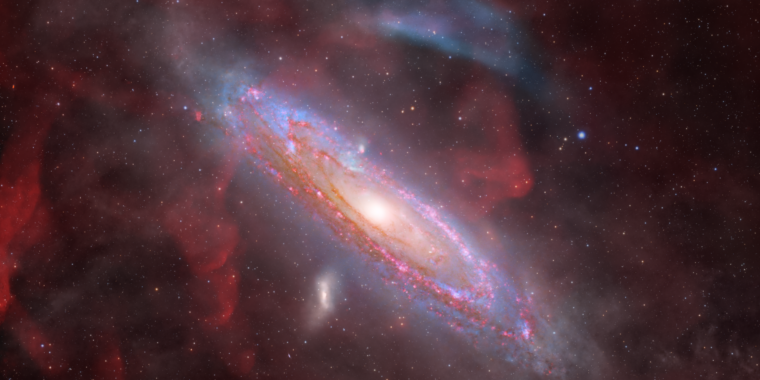Daily Telescope: A brilliant shot of a comet as it nears the Sun
A streaker —
The comet should brighten further as it nears the Sun in the coming weeks.
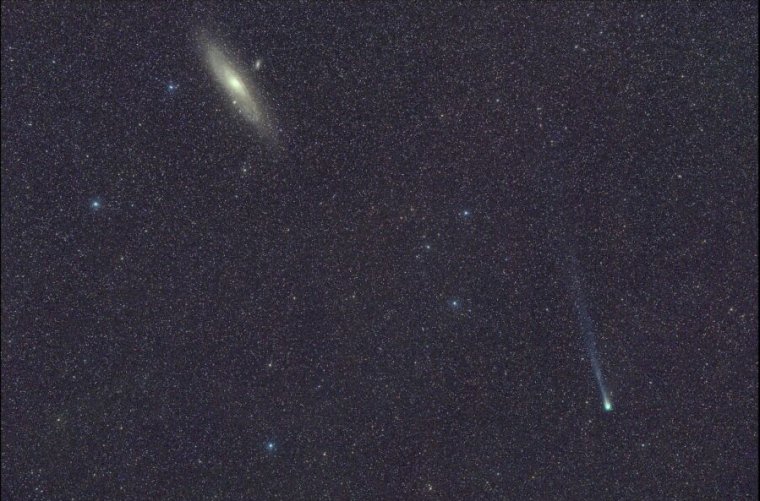
Enlarge / Comet 12P/Pons-Brooks and the great Andromeda Galaxy.
Welcome to the Daily Telescope. There is a little too much darkness in this world and not enough light, a little too much pseudoscience and not enough science. We’ll let other publications offer you a daily horoscope. At Ars Technica, we’re going to take a different route, finding inspiration from very real images of a universe that is filled with stars and wonder.
Good morning. It’s March 7, and today’s photo features a Halley-type comet that is currently approaching the Sun. It will reach perihelion on April 21.
The comet, named 12P/Pons–Brooks, features a brilliant ion tail, and its nucleus is estimated to be around 30 km in diameter. The comet should brighten further as it nears the Sun in the coming weeks. However, at an apparent magnitude of 4.5, it is unlikely to be visible to the naked eye—that’s why we have telescopes.
12P/Pons–Brooks was imaged here by the Virtual Telescope Project facility in Manciano, Italy. The covered field of view is about 16×11 square degrees, and there is a bonus photobombing by the Andromeda Galaxy.
Source: Gianluca Masi
Do you want to submit a photo for the Daily Telescope? Reach out and say hello.
Daily Telescope: A brilliant shot of a comet as it nears the Sun Read More »
